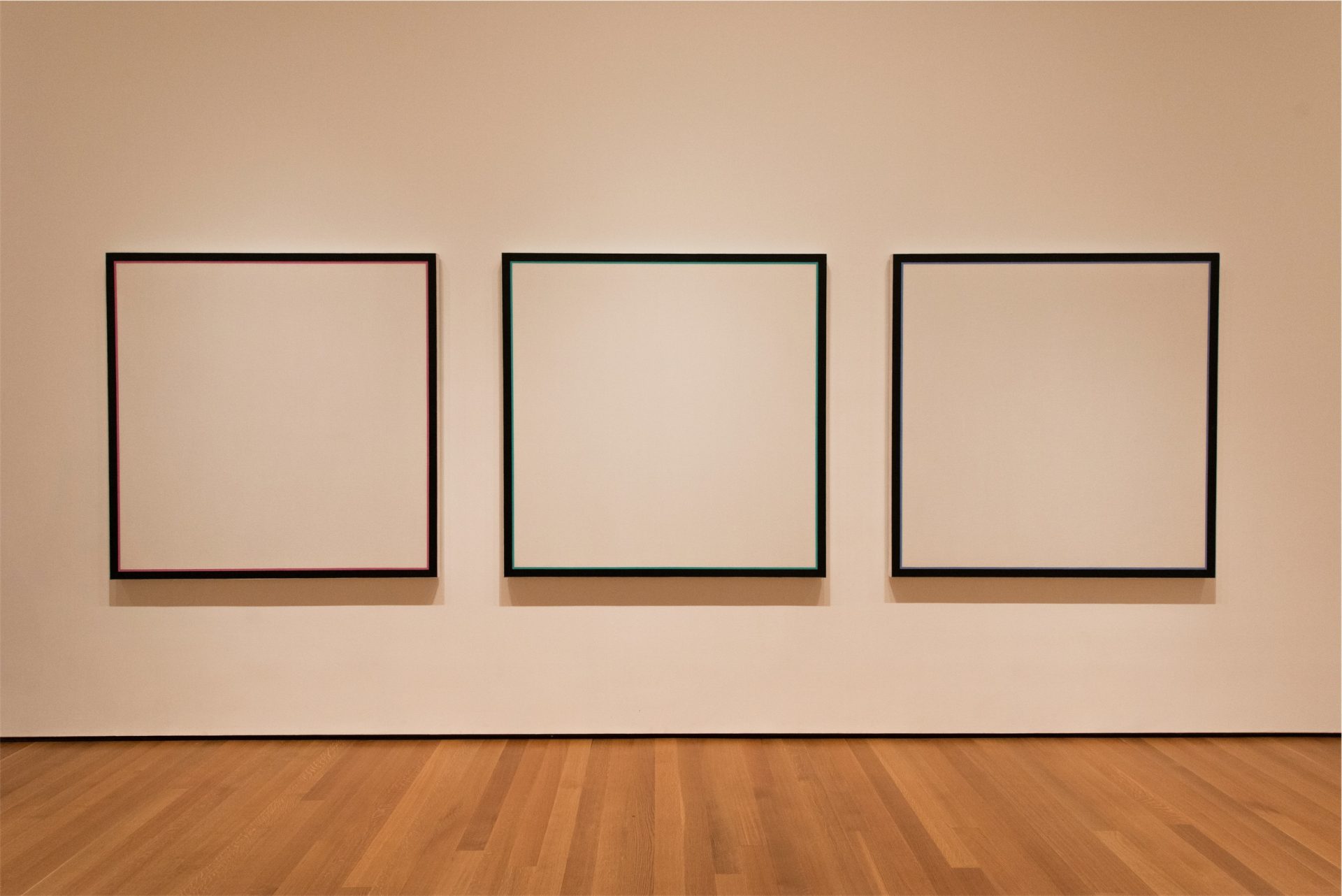March 26, 2018 by Pen Lister

Our website content
Three types of content are used throughout this website: original, content licensed for re-use, and fully copyright protected. All original content on this website is published via a Creative Commons ‘Attribution Share-Alike’ licence (CC-BY-SA 4.0). All non-original content licensed for re-use is clearly indicated and licensed via Public Domain, Creative Commons, GNU or Copyleft. Copyright protected content is used with explicit permission having been sought and obtained wherever possible, with ownership clearly displayed and links to the original source provided. In the event that copyright permission has been sought but the rights owner is not contactable, content is labelled clearly as being owned by the original source, with a link provided to the original source.
Creative Commons Licensed Content
All non-original content used in this website that is licensed for re-use uses a variety of Creative Commons licenses and versions of those licenses (or similar additional licenses such as the GNU or GPL, see link below).
The basics of how the Creative Commons work are fairly clear and helpfully ‘human readable’ (though legalise does exist for each licence). For the sake of brevity here, there are older ‘legacy’ versions and new up-to-date versions of the various types of Creative Commons licences. You will always see initials like CC BY SA or others, along with numbers 2, 3 and 4 to indicate versions of licences.
Below each of these initials is explained, with more in depth information available via the links further down this page. This text is taken from the Creative Commons explained link provided below.
Attribution – CC BY
This license lets others distribute, remix, tweak, and build upon your work, even commercially, as long as they credit you for the original creation. This is the most accommodating of licenses offered. Recommended for maximum dissemination and use of licensed materials.
Attribution-ShareAlike – CC BY-SA
This license lets others remix, tweak, and build upon your work even for commercial purposes, as long as they credit you and license their new creations under the identical terms. This license is often compared to “copyleft” free and open source software licenses. All new works based on yours will carry the same license, so any derivatives will also allow commercial use. This is the license used by Wikipedia, and is recommended for materials that would benefit from incorporating content from Wikipedia and similarly licensed projects.
Attribution-NoDerivs – CC BY-ND
This license allows for redistribution, commercial and non-commercial, as long as it is passed along unchanged and in whole, with credit to you.
Attribution-NonCommercial – CC BY-NC
This license lets others remix, tweak, and build upon your work non-commercially, and although their new works must also acknowledge you and be non-commercial, they don’t have to license their derivative works on the same terms.
Attribution-NonCommercial-ShareAlike – CC BY-NC-SA
This license lets others remix, tweak, and build upon your work non-commercially, as long as they credit you and license their new creations under the identical terms.
Attribution-NonCommercial-NoDerivs – CC BY-NC-ND
This license is the most restrictive of our six main licenses, only allowing others to download your works and share them with others as long as they credit you, but they can’t change them in any way or use them commercially.
Copyright
Some non-original content on this site is ‘copyrighted’, statements might also say things like ‘all rights reserved’. This means the content is protected for use by the original author of the work only, unless they grant specific permission for you to re-use it. This can include for educational purposes, depending on what those purposes are. Any re-use of content is considered ‘dissemination’ if it is copied and distributed. As this is very easy to do in digital contexts, care must always be taken, and respect shown to the author of any copyrighted work. Copyright itself is a very complex and can be influenced by many aspects such as purpose of re-use, prominence of re-use, ‘significant part’ of re-use, and more. To be on the safe side, check, ask permission, display clearly who the owner of the work is. Our statement in the first paragraph of this page indicates how to approach using copyrighted work in educational contexts.
A note on Google content
This website has not knowingly taken any content sourced via Google searching that has either not already been clearly made available for re-use, or where permission has subsequently been sought for use (see statement above).
Other credits
Placeholder image courtesy of rawpixel. com on Freepik
Helpful links on copyright licensing:
- Creative Commons Licenses explained: https://creativecommons.org/licenses/
- Ported and Unported Creative Commons licences explained: https://creativecommons.org/faq/#what-are-the-international-unported-creative-commons-licenses-and-why-does-cc-offer-ported-licenses
- The GNU (and the former GPL) licence: https://commons.wikimedia.org/wiki/Commons:GNU_Free_Documentation_License, version_1.2
- Copyleft: https://en.wikipedia.org/wiki/Copyleft
- Copyright basics: https://en.wikipedia.org/wiki/Copyright